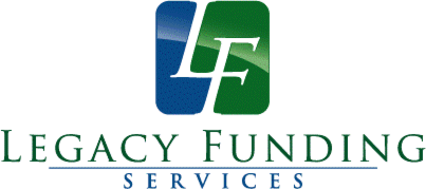Four years ago, Invest Collegiate Imagine was a new Asheville, NC, charter school serving 350 students. Earlier this month, IC Imagine broke ground on its new campus to serve its expanding student body of 870 scholars, ultimately expected to grow to 1,200. This day was the culmination of months of planning, meeting, preparing, budgeting, and waiting for the right conditions to make this expansion possible. The groundbreaking was a tremendous success. It was also evidence that preparation and patience can spell the difference between growth and failure.
LESSONS LEARNED FROM ONE CHARTER SCHOOL THAT GREW: Know What You Know...Get Help For What You Don't
LESSONS LEARNED FROM ONE CHARTER SCHOOL THAT GREW: Know What You Know…Get Help For What You Don’t
-
June 15, 2018
- Posted by: legacyfundingse

Why was IC Imagine able to reach the stage where expansion was not only possible, but necessary to accommodate enrollment? Why do some charters succeed and others fail?
There are many factors that contributed to this Asheville charter school’s success. Of course, their integrated curriculum, attention to academic standards, and outstanding leadership and staff were essential parts of the equation. They attracted families that were the best fit for the school, and enough of them, to steadily increase their enrollment numbers. However, these may be the results, not the sources of IC Imagine’s success.
Several underlying factors contributed to the ability of this charter, and many others, to not only maintain a steady increase in enrollment, but to also organize the resources necessary to expand the school facilities so they can reach an even greater number of students. Academic accountability is important, but without attention paid to these other key areas, growth will be difficult if not impossible.




- Prepare Realistically: Put simply, have a clearly-articulated academic plan, financial plan, and enrollment plan—for all stages of development and growth. One of the main reasons charter schools fail is financial mismanagement. Many charter leaders are unrealistic about their enrollment numbers and take a wait-and-see approach to enrollment and managing the school’s finances. Even unintentional enrollment inflation or a lack of a clear plan for how the financial matters will be handled on a daily basis can mean disaster for a school that wishes to expand.
- Strengthen Weak Spots: Don’t be afraid to reach out for help. In fact, plan on it and budget for it. If no one on your staff is prepared to handle the financial tracking and budgeting required, hire someone who will take on this task. If enrollment numbers are an issue, hire an enrollment consultant. Allow space in your budget to hire staff or consultants who will strengthen your program’s weak spots. In the case of IC Imagine, the school leaders hired Legacy Funding Services to help them acquire the funding necessary to expand. We also provided value engineering and development oversight. Our expertise added to the other talented members of the team in Asheville, and a cost-conscious, 116,000 sq. ft. state-of-the-art facility will be the result. Every dollar saved here can go into the classroom.
- Be Flexible and Course-Correct: Let the startup phase be your testing phase. Some of the concepts that looked great on paper will not work with living, breathing children (and adults). Maintain an awareness of your school’s academic progress, financial health, leadership effectiveness, and enrollment strategy. Track, test, and be flexible enough to change when something is not working.
As a charter school expands, new challenges (and opportunities) arise. From the initial start-up phase to the stage where you are successful enough to require additional space can be a bumpy journey. Prepare for it. Get outside expertise to supplement your weak spots. Course correct often and as needed.
Take these steps, and you too may find yourself expanding and serving a greater number than you can now imagine.
The Legacy Team
“Great things can happen in great spaces.”

